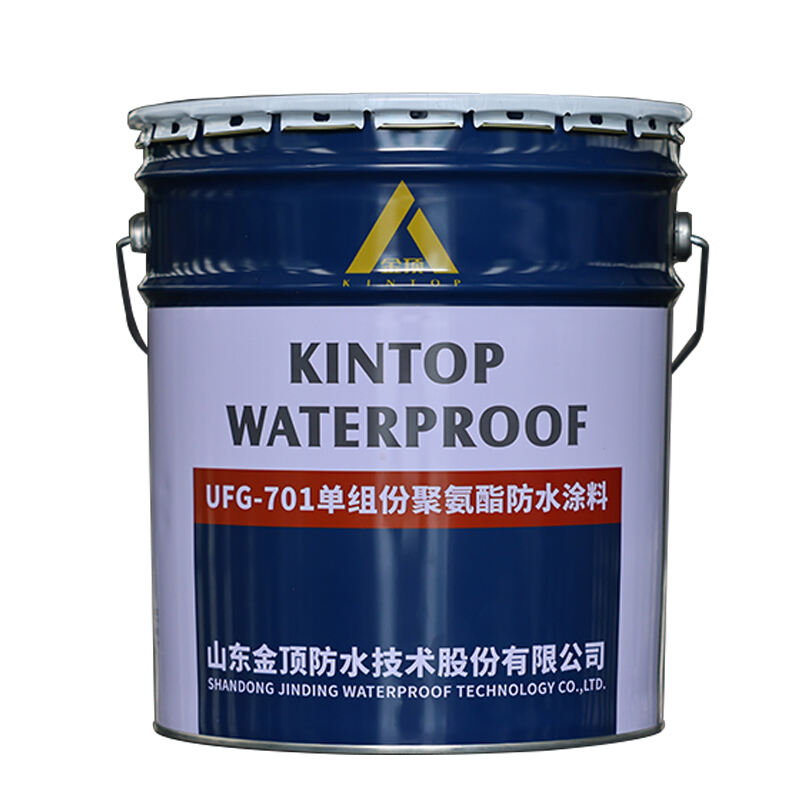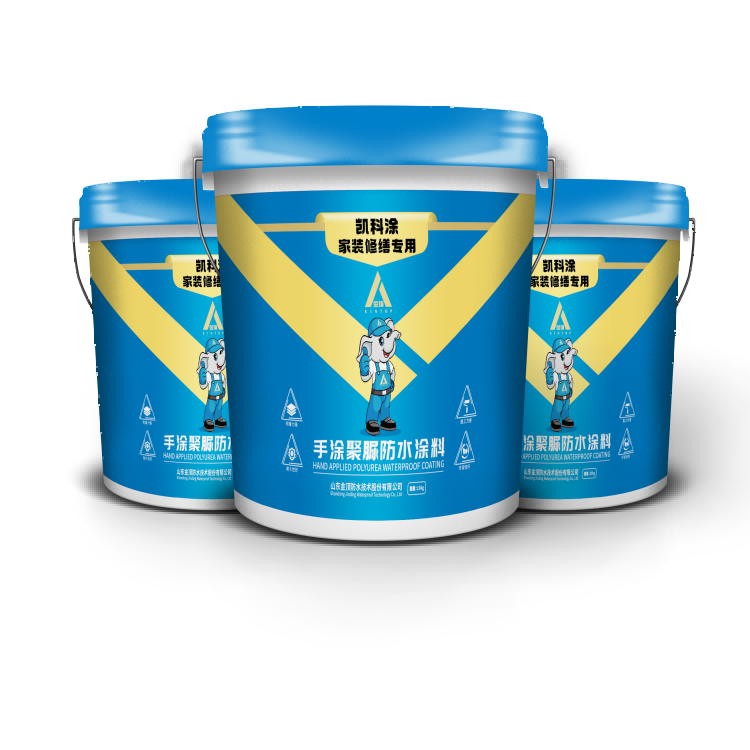Roli i Temperaturës në Kovertim i veshur Lidhje dhe Larg
Si Temperatura Largon Lidhjen e Largtarit në Largtari të Largtarive të Largtarive të Largtarive të Largtarive të Largtarive të Largtarive të Largtarive
Materiale të padryshueshme në vesh jepe një ndryshim të rëndësishëm në performancën e tyre për lidhje në temperaturë larg, veçanisht nëse këto temperaturë kalojnë 35 0 C. Kjo është një pyetje veçanisht e rëndësishme kur jepet kundër këtyre llojeve, evaporimi i shpejtë i lypseteve të provuar si dështimin e lidhjes saktë të largtarit. Më tepër, nëse një përbazë është e ngushta shumë në aplikim, largtarja nuk do të lidh saktë, duke shkakulluar dështimin e parë. Dhe për të eliminuar këto rrezik, duhet të ketë temperature optimale gjatë aplikimit dhe largimit për të arritur një lidhje të mirë të largtarit të veshem, si dhe për të eliminuar këto rrezik, duhet të ketë një largim të mirë.
Rreziket e Largtarit të Ftohtë: Largimi i Voneshëm dhe Dështimet e Lidhjes
Përveç kësaj, temperaturat e ultrët gjithashtu largin bari për kapje të përshtatshme të mbrojtjes lindike aty. Larg nga temperatura e aplikimit të rekomanduar më pak, që zakonisht është rreth 10°C ose më poshtë, kohat e shkakimit zgjerojnë shumë, duke rezultuar në produkte që janë edhe më të ndjeshme faktorëve ambiental. Largimi i lidhjeve ka aftër të rritet në këtë environtment, cila theksalon nevojën për përgatitje të plotë të sipërfaqes në zonat e ftohta. Ne mund të arrinjëm bashkëvijim dhe jetësi më të mirë me kualitete të largta të mbrojtjes dhe temperaturë më të ultrë nëse sipërfaqja është e përgatitur mirë.
Efektet e Ultrës Ekstreme në Kovertim i veshur Aplikimi
Largimi i Larguesve në Temperaturë Ullinore
Në temperaturë shumë larg, e vapurizimit e luanit është zvogëlatur pafundesisht, që ndalon lëngjet e pavlejshme të theksin. Me vaporezim të pamjaftueshëm në proces, mbulimi nuk kryhet plotësisht dhe kjo mund të sjellë probleme të lipit. Reaksionet kimiqe të dëshiruara që nevojiten për të rritur një më s'theksuar në mënyrë të mjaftueshme për të krijuar lidhje të mjaftueshme mes lëngjes dhe substractit nuk reagojnë pafundesisht. Për të kontraqitur këto problemë, është e nevojshme të zgjidhet lëngjet e pavlejshme që janë të ndjeshme për përdorim në kaltë. Kjo do të thotë një Lëng je Më Të Ftohte dhe Më Të Larg dhe Që Do Të Mbahet Në Klimat Më Rëndesishme.
Kontrolli Kritik i Largimit të Ujit në Siperfaqen për Aplikim në Kaltë
Kontrollat e saktë të lagështisë në sipërfaqe janë esenciale gjatë aplikimit të shtresave të mbyllura nga uji gjatë kushteve të ftohta. Edhe ngricën më të vogël apo të vrenjtën mund t'i ketë efekte drastike në ngjitjen e shtresës, pasi lidhja është shumë e prekshme nga një shtresë minimale lagësie. Metrat e lagështisë mund të ndihmojnë në përcaktimin e faktit nëse materiali nënështesa është i thatë sa mjaftueshëm për aplikim. Është vërtetuar se performanca dhe besueshmëria e shtresave të mbrojtura nga uji në temperaturë të ulët mund të përmirësohen konsiderueshëm duke zvogëluar mundësinë e dëmeve nga lagështia.
Rregullimi i Temperatures së Bazës për Bashkëngjitje Optimale
Përpunimi i temperaturës saktë të subtratit është një hapi i rëndësishëm për të siguruar njohuri mirë gjatë procesit të aplikimit në kushtet e larg dhe e ftohtë të mbrojtjes nga ujja. Problematikat e largdheniet gjithashtu mund të zvogëlohen dhe forca e lidhjes të përmirësohet duke e parazorruar subtratin që do të mbulohet. Kjo mund të bëhet me ngrefjeje infrarougje apo mbatje elektike për ngrefje kontrolluar. Subtrati, nëse është e mundur, duhet të jetë larg 10°C për të plotësuar kërkesat e mbulimit. Në këtë mënyrë, ne jo vetëm që të përmirësojmë njohurin, por edhe të mbajmë lakën efektive dhe të gatshme gjatë koheve të madhe, edhe në situata më të ftohta.
Provaret e Largdhenies në Largdhenjen e Mbrojtjes nga Ujja
Larg dhe Humbje e Lidhjes në Kushte të Zgjasura
Konstruksioni i shtresës mbrojtëse nga uji është një punë e vështirë verën, për shkak të temperaturës së lartë, tharjes së shpejtë dhe zvogëlimit të ngjitshmërisë. Ngjyrat mund të mos ngjiten mirë në sipërfaqe kur aplikohen në kushte të nxehta, prandaj shtresa mbrojtëse nga uji mund të mos jetë e besueshme dhe e qëndrueshme. Për këtë arsye, është e nevojshme të bëhet përgatitja e mjaftueshme e sipërfaqes për të shmangur zvogëlimin e ngjitshmërisë nën kushte të nxehta të aplikimit. Teknikat si pastrimi dhe aplikimi i primerit e përmirësojnë sipërfaqen për t'u ngjitur mirë. Gjithashtu, duke përdorur ngadalësues, tharja e ngjyrës ngadalësohet, duke i dhënë asaj kohë për të ngjitur mirë.

Aplikime Koha për të Shpallur Ngjarjen e Larg nga Larg dhe UV
Në fund, koha është gjithçka kur vjen në fjale aplikimi i mbargjyeshme të varrave në hollin për të shpëtuar nga larg ngadalja e larg dhe rrezet UV që përpjekisht duhet të ulni. Planifikimi i aplikimit për pjesë të thella të ditës, si më anëtarë ose mbrapa, mund të përmiratoje përfundimin dhe truhashmërinë e punës. “Rrezat UV ndërryn larg, kështu që përgjithmonë përveç se të ndërron larg në krye të sullit, llogarini përtojën sepse nëse bëni krye të sullit shumë të thellë, ajo do të largonte materialin në mënyrë që nuk të mbahet si duhet,” tha ai.=\"/glossary/definitions/513\" class=\"glossary-link\"Përdorimi i rrezave UV rrit larg, por edhe ndan disa nga kjemia në mbargjyeshme të varrave, çfarë do të thotë se koha është e rëndësishme për të siguruar një aplikim të trasha, tha Engle. Përveç kësaj, përfundimet e pandashme për UV do të ndihmojnë për të mbrojtur nga dëmtimi i diellit, e ruajnë në të gjitha lloje larg.
Kushte Ideale për Aplikim për Truhashmëri Maksimale të Mbargjyeshmive
Temperatura Larg: 10°C–30°C për Kovertim i veshur
Aplikimi i kapakave mbrojtëse nën film mes 10°C dhe 30°C do të ofrojë adhëzion më të mirë dhe performancë më të mirë. Ky përgjithjes temperaturash qe zbatohen është i mjaftueshëm për të ruajtur procesin e lindjes në rrugë, dhe nuk është i ndikuar nga ndryshimet e temperaturës jashtme. Largim i kësaj spanje do të sigurojë jetimin më të long të kapakes, pasi prodhuesit zakonisht konsulojnë këto kushte. Temperatura vet e ka gjithashtu stabilizuar, duke përmirësuar bashkëvijimin e përbërësve të kapakës dhe duke ofruar një mbrojtje fortiv ndaj hapsireve ambientale.
Praktikat Më Përdorur për Matjen e Temperatures së Siperfaqes
Zbulimi i temperaturës saktë të sipërfaqes është e nevojshme për aplikimin e drejtë të llojit të mbrojtjes. Duhet të jemi në gjendje të maturim temperaturën e saktes duke përdorur këto termometra të dolloseve; Temperatura e sipërfaqes duhet të jetë në intervalin e caktuar për miel. Kjo është për të siguruar që mbrojtja do të bëhet me larg dhe të qenka mirë. Është e rëndësishme të monitorojmë dhe të mbajmë rregullisht vendin e aplikimit për të siguruar se problemet të lidhura me temperaturën nuk zvogëlizon durabilitetin e mbrojtjes. Duke ndjekur këto dorëzime, do të sigurojmë se mbrojmë dhe zgjerojmë jetimin e mbrojtjes.
Strategji për Monitorim Larg dhe për Mbrojtje të Larg
Kontroll Environmental Para Aplikimit
"Hapi i përgjithshëm kontrolli ambiental para aplikimit të revetjeve ndaj ujit është paramonta për t'i zbuluar kondita specifike të larg dhe që mund të ndikojnë në funksionimin e saj." Përdorimi i teknologjisë si hartave meteo dhe monitorëve meteorologjike në vend të drejtën evojët informacion të real-time rreth modeleve meteorologjike që mund të ndikojnë në cilësinë e aplikimit. Për shembull, transmetimi i të dhënave meteorologjike nga pikat lokale do të lejojë krujat të kohsojnë punën e revitjes për condita më të mira të atmosferës dhe të shmangin ekspozimin në kondita që mund të ndikojnë në adhësim ose shpërnguljen e shtresë revore.
Pika e Ros dhe Larg: Amenaza Fshehtë për Larg Integriteti
Pika e rrethit dhe larg dhe humitet janë shpesh fiqur si inimike që do të kishin një ndikim madh në një investim për mbrojtjen nga uji. Humidi i larg (veçanisht kur temperaturat janë afërte me pikën e rrethit) ndjekon me lehtësi lidhjen e kapakut dhe rrit kohat e ushqimit. Kështu që është thelbësor të di ni pika e rrethit, sepse një kapak aplikuar në, ose poshte, këtë temperaturë mund të mos lidhet si duhet dhe mund të mos funksionojë si qenka. Higrometret lejojnë timet të matin përmbajtjen e ultrës në ajër, për të aplikuar kapak në kushte që lejojnë për lidhje të mira dhe jetimin e kapakut. Kjo konsiderim sigurtuan kohën më të mirë të vitit për aplikim, duke siguruar se kapaku mbahet me karakteristikat e tij protektuese.
Pyetje të shpeshta
Cila është temperatura ideale për aplikimin e kapave të mbrojtura nga uji?
Zona e temperature se ideale për aplikimin e kapave të mbrojtura nga uji është midis 10°C dhe 30°C. Kjo zonë siguron një lidhje dhe ngadhnje të efikace të kapakut.
Si ndikojnë temperaturat larg në lehtin adhësion të revetjes akvarizuese?
Temperaturat larta, veçanërisht ato që kalon 35°C, mund të shkaktojnë evaporation të shpejtë të solventit, e cila zhvendos aftësinë e revetjes për të ngjitur si duhet, duke shkaktuar dështime para kohës.
Pse është e rëndësishme kontrolli i ushtrisë së sipërfaqes në aplikime me ujë të ftohta?
Kontrolli i ushtrisë, si frymja ose rore, është i rëndësishëm, sepse ajo mund të ndikojë thelbësisht në adhësion. Mjete për ushtri ndihmojnë të sigurohen se bazët është e therrë para se të aplikohet revetja.
Si mund të ndikojë ekspozita në UV në revetje akvarizuese?
Ekspozita në UV mund të përmirësojë larg dhe të degjerojë komponente në revetjet, të cilat ndikojnë në trajnien e tyre. Kohëzgjatja e aplikimit për të shmangur ekspozitën maksimale në UV ndihmon të ruhet integriteti i revetjes.
Përmbajtja
- Roli i Temperaturës në Kovertim i veshur Lidhje dhe Larg
- Efektet e Ultrës Ekstreme në Kovertim i veshur Aplikimi
- Provaret e Largdhenies në Largdhenjen e Mbrojtjes nga Ujja
- Kushte Ideale për Aplikim për Truhashmëri Maksimale të Mbargjyeshmive
- Strategji për Monitorim Larg dhe për Mbrojtje të Larg
- Pyetje të shpeshta

